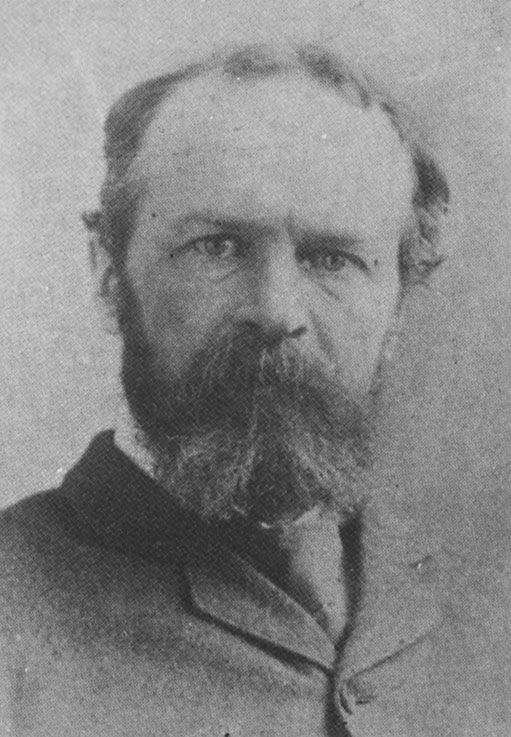Nitrous oxide, chloroform and ether can be used in sub-anaesthetic doses as analgesics, and in higher doses as anaesthetics. Their recreational use was once common, though medically unwise. The altered states of awareness such agents induce is frequently not very profound - certainly not when compared to the "dissociative anaesthetic" ketamine, which commonly induces out-of-the-body experiences and total weirdness ("emergence reactions").
The inane behaviour often induced by sub-anaesthetic doses of nitrous oxide and ether led opponents of obstetric anaesthesia like Professor Meigs to suppose that inhaling gases and vapours for whatever reason was little better than getting drunk.
As it happens, the stages of alcohol intoxication do partially mirror the four planes of anaesthesia, though the dosage of ethanol typically needed to induce insensibility risks killing the patient through respiratory depression.
Parallels can be drawn with the pitfalls of knee-jerk scepticism directed at today's abusable investigational agents and recreational drugs. Observers of an E-driven rave might find it hard to believe that MDMA or its analogues could ever serve as valuable psychotherapeutic tools.
Just occasionally, inhalation anaesthetics can induce extraordinary altered states of consciousness that throw into question the foundations of consensus reality - concepts not explicitly represented within our conceptual scheme.
Historically, perhaps the most interesting account of these states is to be found in the writings of the "nitrous oxide philosopher" William James.
